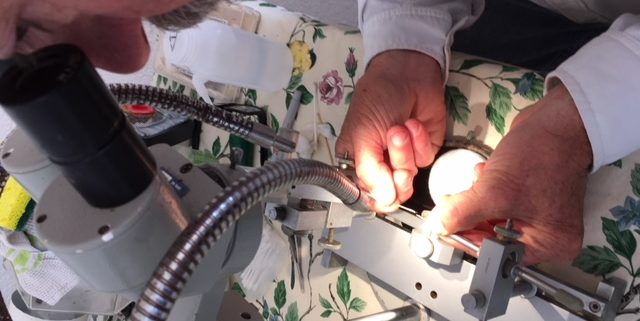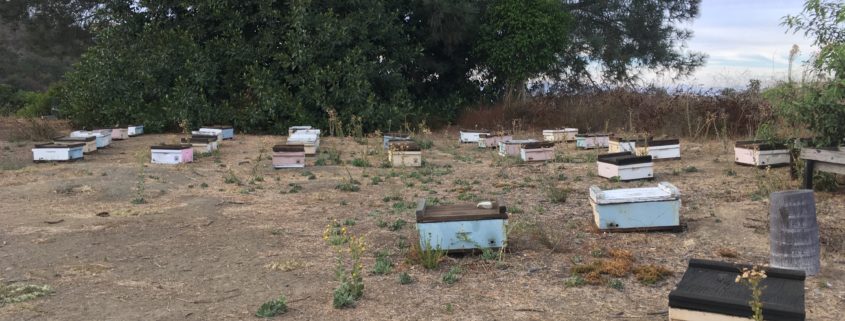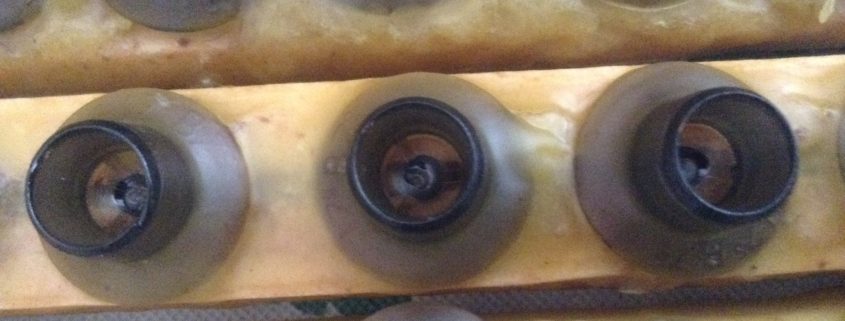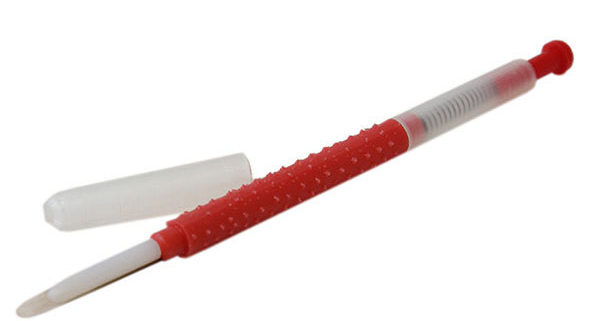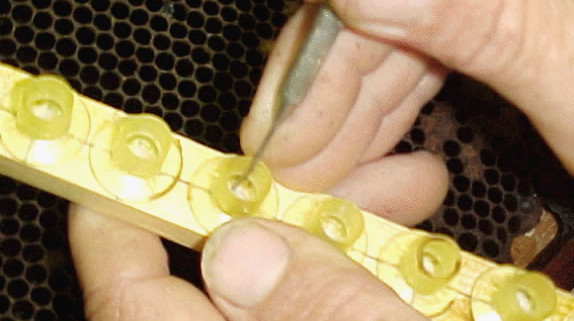Artificial Insemination Of VSH Queen Honeybees
It is surprising to us that the majority of queen breeders do not take advantage of the well-known and long-established tool of artificial insemination. Even more surprising is that most queen breeders choose to ignore the proven advantages of directly adding the VSH trait to their breeder stock. By ignoring the valuable tool of artificial insemination and the VSH trait, many queen breeders select stock relatively haphazardly with little or no knowledge of the source of the drones that influence not only the behavior of the breeder queens themselves, but also of the daughter queens that end up being sold to the public throughout the season.
Artificial insemination has been utilized by livestock breeders of farm animals for nearly 70 years, and has been available to queen honeybee breeders for nearly as long. Its advantages are obvious and many, especially when it comes to honeybees, which naturally mate with multiple unknown drones in an uncontrolled environment (the sky). Artificial insemination allows a conscientious queen breeder to control mating and to mate specific drones to specific queens. This enables the breeder to directly select the desired genetic traits in the offspring, such as the VSH trait, gentleness traits, honey production, disease resistance and color. Without artificial insemination, a queen breeder has no first-hand knowledge of the genetics in the breeder queen that are being passed along to the next several generations.
At Wildflower Meadows, all of our breeder queens are artificially inseminated with hand-selected VSH drones from proven, gentle and highly productive colonies. This provides the core genetic footprint of our operation and allows us to continue to build and improve the Wildflower Meadows brand of VSH-Italian queen bees with each successive generation.
In the above photo Tom Glenn, legendary VSH queen breeder, artificially inseminates a Wildflower Meadows’ champion breeder queen.

